“The low-FODMAP diet is NOT a forever diet.”
These words appear multiple times on websites, dietitian blogs and printed books about IBS.
You are told to ‘reintroduce FODMAPs’. But what does that mean?
Unfortunately, little guidance is available. This is frustrating, and intimidating.
Not to mention, you may be nervous to change anything!
Your IBS is under control, after a really long time. You are feeling great, why should you risk it?
I get it. Completely.
It took me a long time to educated enough, and ready to reintroduce foods.
But it IS very important!
Let’s review the ‘why’ and the ‘how’ for starting the reintroduction phase.
*If you have a dietitian, I recommend discussing this program with them for additional guidance
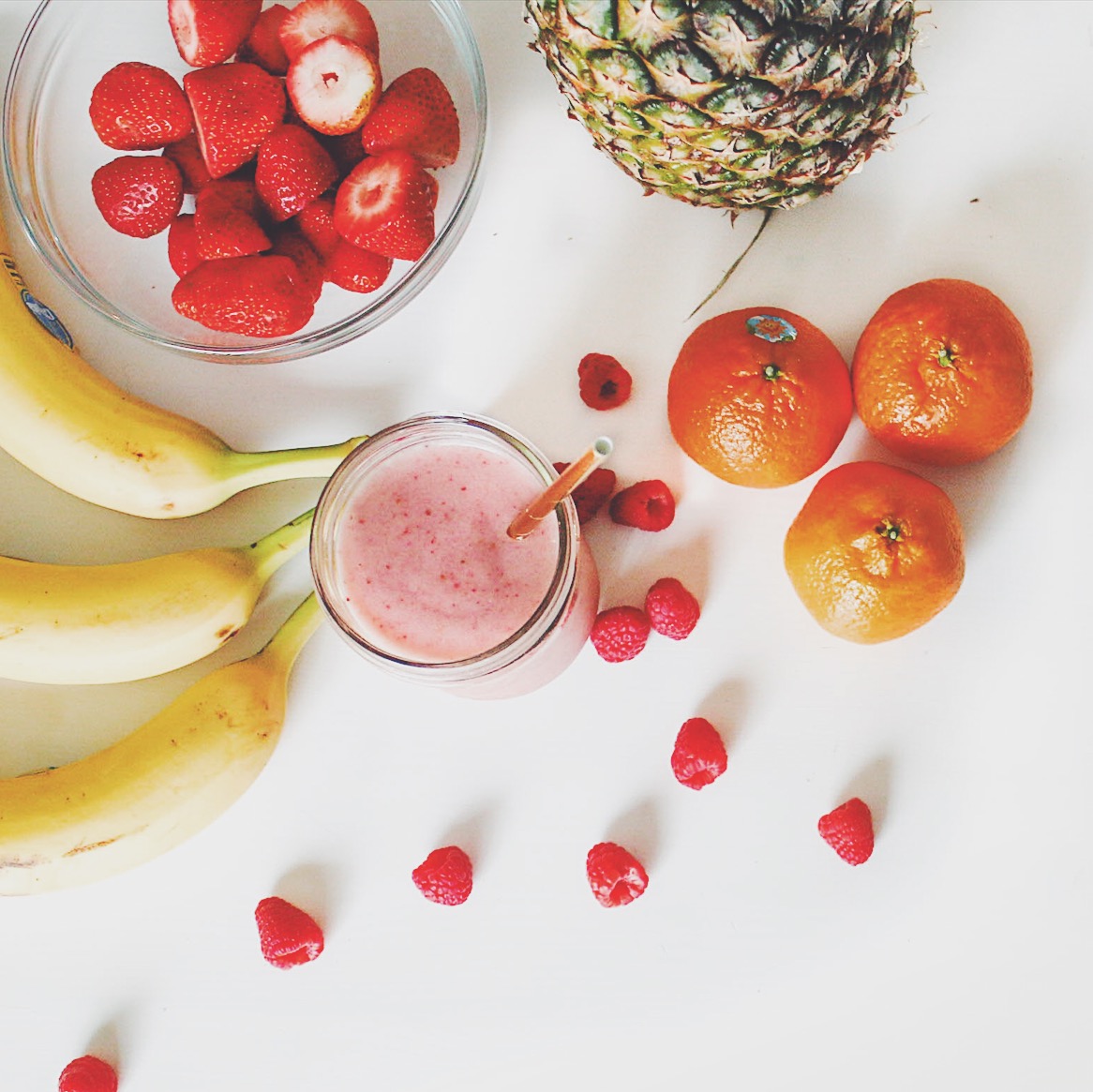
“The low-FODMAP diet is the most research proven, evidence based dietary program to improve IBS”
The Low-FODMAP Diet- A Three Phase Approach
The low-FODMAP diet is the most research proven, evidence based dietary program to improve IBS. It has been in use since 2006, and globally has become the first line treatment of choice for symptom control.
However, it is not meant to be followed in the strictest manner forever. It is designed to be a process made up of three phases.
Phase I; ‘Elimination’, is the phase that most of you are familiar with. It can last 4-6 weeks or longer and involves restricting high-FODMAP foods at all times, and for all meals.
All the recipes on my blog are suitable for the elimination phase. They are delicious, and varied. I believe strongly that is is possible to eat a vast menu during elimination, without abandoning all our usual choices.
However, for many reasons, it is important to advance your understanding of your personal tolerances. That is where the second and third phases come in!
Phase II is ‘Reintroduction’, or the ‘FODMAP Challenge’ phase. During this phase, you should attempt to identify the types and amounts of FODMAPs that you can personally tolerate, so you can add them back to your everyday diet.
Phase II is best performed in a systematic manner, after a good response to phase I (elimination).
Phase III is known as the ‘Integration and Personalization’ phase. It follows reintroduction and involves adding more than one FODMAP group at a time during meals to detect your personal tolerances to a variety of food combinations.
“Phase II is ‘Reintroduction’, or the ‘FODMAP Challenge’ phase. During this phase, you should attempt to identify the types and amounts of FODMAPs that you can personally tolerate, so you can add them back to your everyday diet”

Why Reintroduce FODMAPS?
Why should you move forward with the second, reintroduction phase?
This is very important to understand.
Here are some of my reasons to get started with reintroduction:
- Personal freedom
- Following a restrictive FODMAP diet can be socially isolating at times. Through reintroduction you might learn that you can tolerate lactose, modest amounts of bread, small amounts of onion and garlic, and other FODMAPs, increasing your choices when traveling, or dining out
- Food pleasure
- We all gave up some of our favorite foods when we started the low-FODMAP diet. Getting more options in your diet will be super helpful to motivate you to continue
- Gut health
- This is a biggie. Eating a diverse amount of food is necessary for digestive wellness. Adding back some of the higher FODMAP foods helps your gut’s “microbiome” which can have a positive impact on your mood and immune system
- Nutritional balanace
- Fewer restrictions to your diet offer the best overall nutritional balance, ensuring you consume the correct vitamins, minerals, and amino acids your body needs
- Future planning
- Set yourself up for the future!! Once you have your personal tolerances clarified, you will be able to move forward with a “personalized” low-FODMAP eating plan. This is the necessary stepping stone to map out your future lifestyle
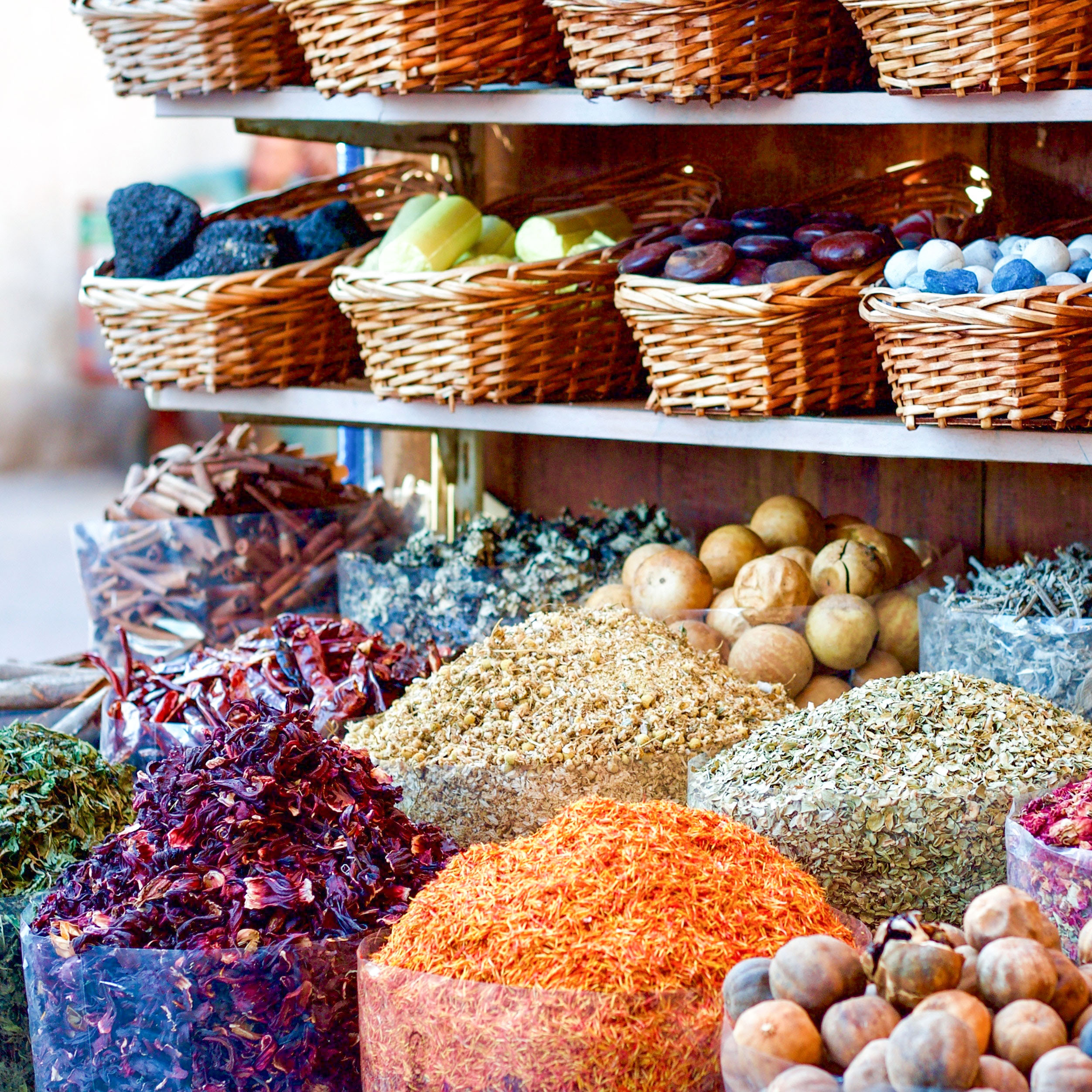
How to do it: The Basics of FODMAP Reintroduction:
Reintroduction will involve adding small amounts of food from each FODMAP category, one at a time, over a period of several weeks while you monitor and record your symptoms.
The FODMAP categories include:
- Fructose (example: honey)
- Lactose (example: mik)
- Polyols
- Sorbitol (example: avocado)
- Mannitol (example: celery)
- Fructans
- Wheat (example: white bread)
- Fruits and vegetables (example: raisins)
- Onion
- Garlic
- GOS (example: almonds)
For many of the FODMAP categories, you will select which food you want to use as your test choice from several options. To test fructose, for example, you could choose honey, sugar snap peas, mango, or asparagus.
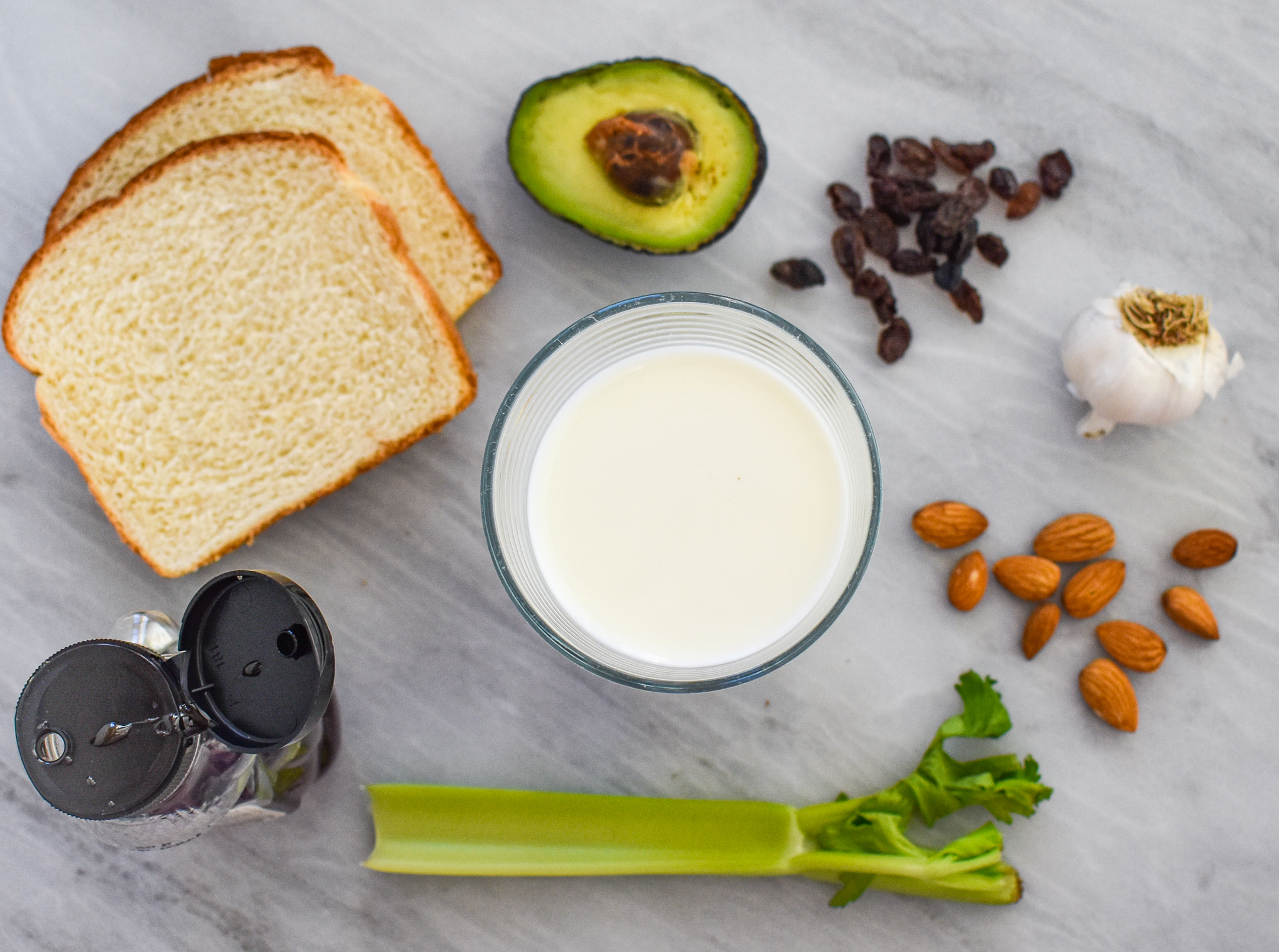
To find a list of the FODMAP challenges, you can use your Monash app. Select the “Diary”option, then click the “+ ” sign at the top right corner, then the “apple with the circle” symbol. Your choices will populate on the drop down menu for each category 🙂
Typically you will complete the full challenge amount in one sitting, rather than spreading it out over the day. Doing so in conjunction with a meal, combined with other foods, is ideal because it replicates your future behavior.
You will start the first challenge day with a moderate dose of the food, then increase to a high dose on the second test day, and end with a very high dose on the last challenge day. So, there are three days total of challenges before moving on to the next category.
Some challenges will have ‘break’ days after each challenge day, and other challenges will be consecutive with break days at the end of the three challenges.
If you have a negative reaction to any of the challenge amounts, then you stop that challenge and move on to a ‘break’.
During the FODMAP Challenge Phase, I suggest some pointers:
- Adhere to the recommended challenge foods, but don’t mix and match
- The foods you use to challenge each FODMAP category are very specific and should not be altered. Stick to the same challenge food for each day of that category to minimize confusion
- Take note of your symptoms
- Because IBS varies from person to person, it is important to acknowledge what a flare-up is for you. Keep track of what your reactions are and when they happen. This will help guide your transition to the next challenge
- Break days are necessary
- Don’t skip break days! These are included for a reason, to cleanse and balance your system
- Stop challenges if needed
- If you start to experience symptoms at any time during a challenge, STOP that challenge immediately, rather than lead to a negative reaction or less desire to continue
- Set up a support network
- Get others invested in your plan. If you have a dietitian, then ask for their support and additional guidance. This will be a lengthy process, and you don’t have to do it alone!
- Stick to a low-FODMAP maintenance diet
- Don’t stray from your low-FODMAP diet during reintroduction. Also be sure to watch any other food triggers such as alcohol, carbonation, spicy foods, or caffeine that could impact your gut sensitivity
- Be kind to yourself and BE PATIENT
- Take each challenge as a new opportunity, and don’t move forward with combination foods until you reach the end. It is in your interest to make the experience as educational as possible
I know reintroduction can sound overwhelming, and you still may be wondering how to move forward.
GREAT NEWS!
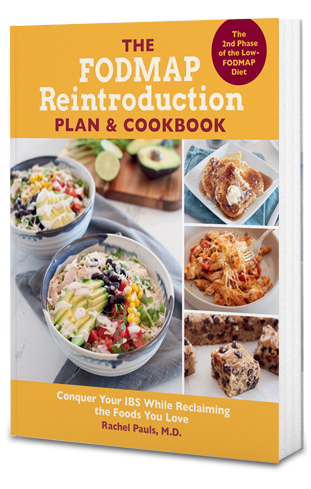
I have a brand new book- The FODMAP Reintroduction Plan & Cookbook dedicated to guiding you through the entire reintroduction phase, step by step, with over 60 recipes.
So now that you understand a bit about the ‘why’ and the ‘how’, I want you to get started with the ‘when’ and the ‘now’.
Don’t worry! I will be there to help you. You can move forward and still feel as great as you do right now.
My book has each challenge mapped out, with recipes curated for each challenge, and plenty of tips and know-how.
You can get started with this process now!
Get your copies of both books on Amazon today 🙂
Read about how to make Barbecue Chicken Pizza:
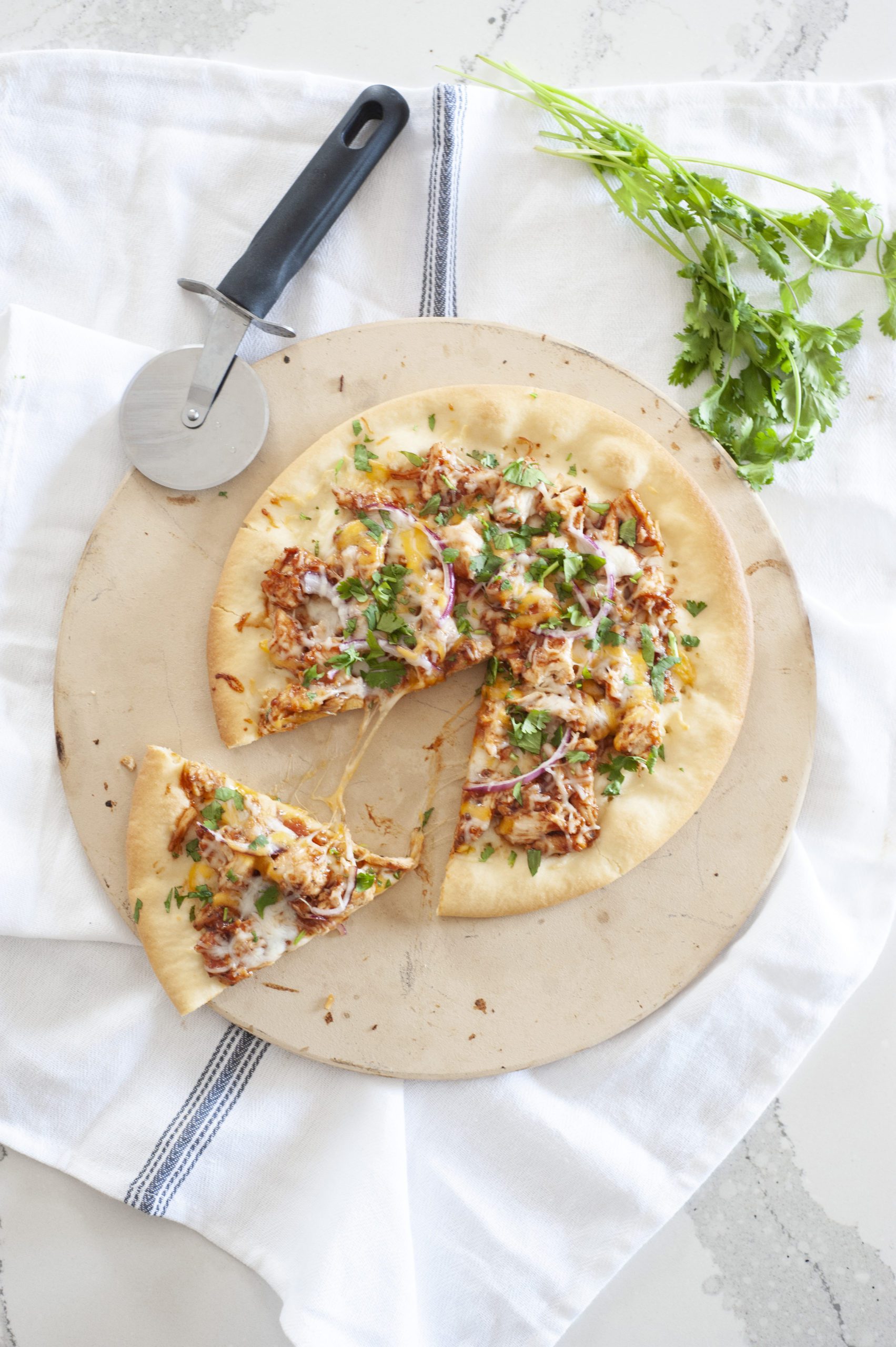
And Glazed Pineapple Walnut Muffins:
Check out our amazing webinar all about reintroduction on YouTube:
“You CAN move forward and still feel as great as you do right now”
Be healthy and happy,
Rachel Pauls, MD


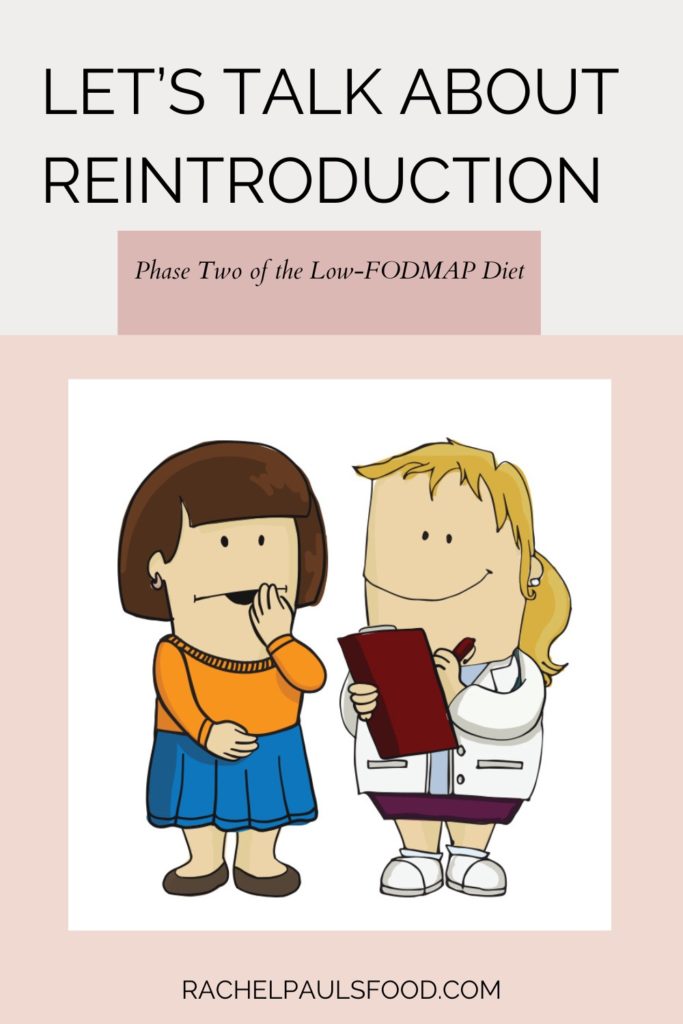

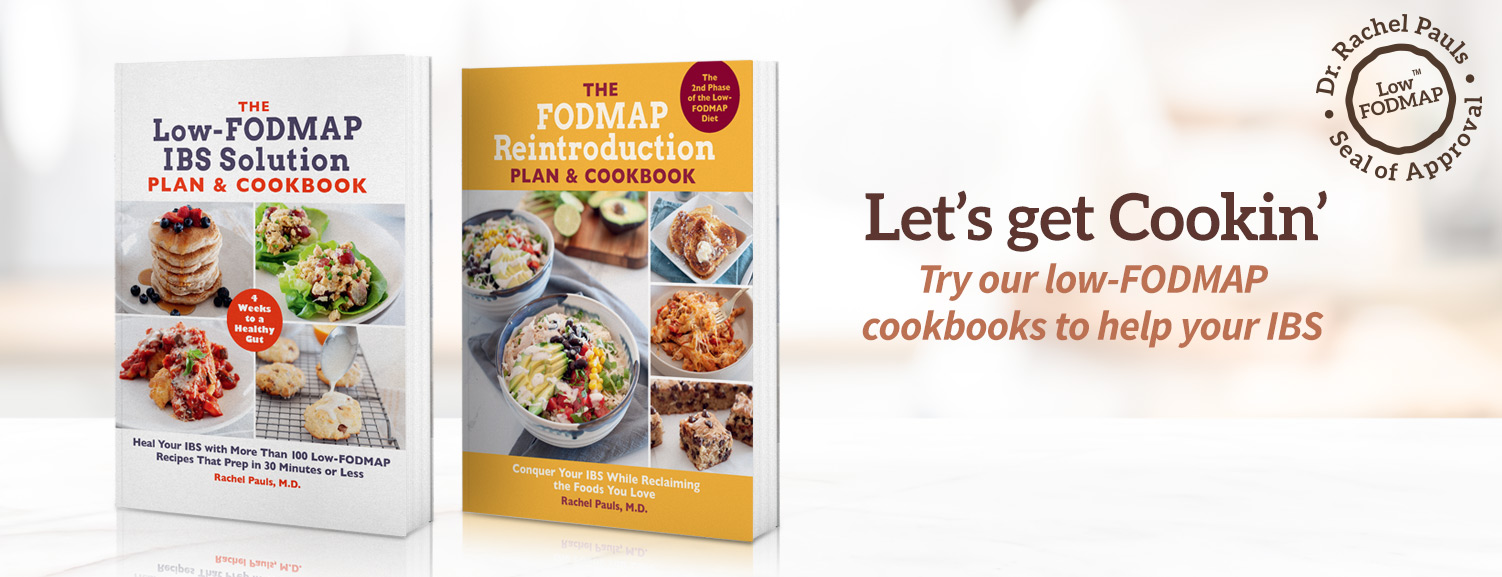



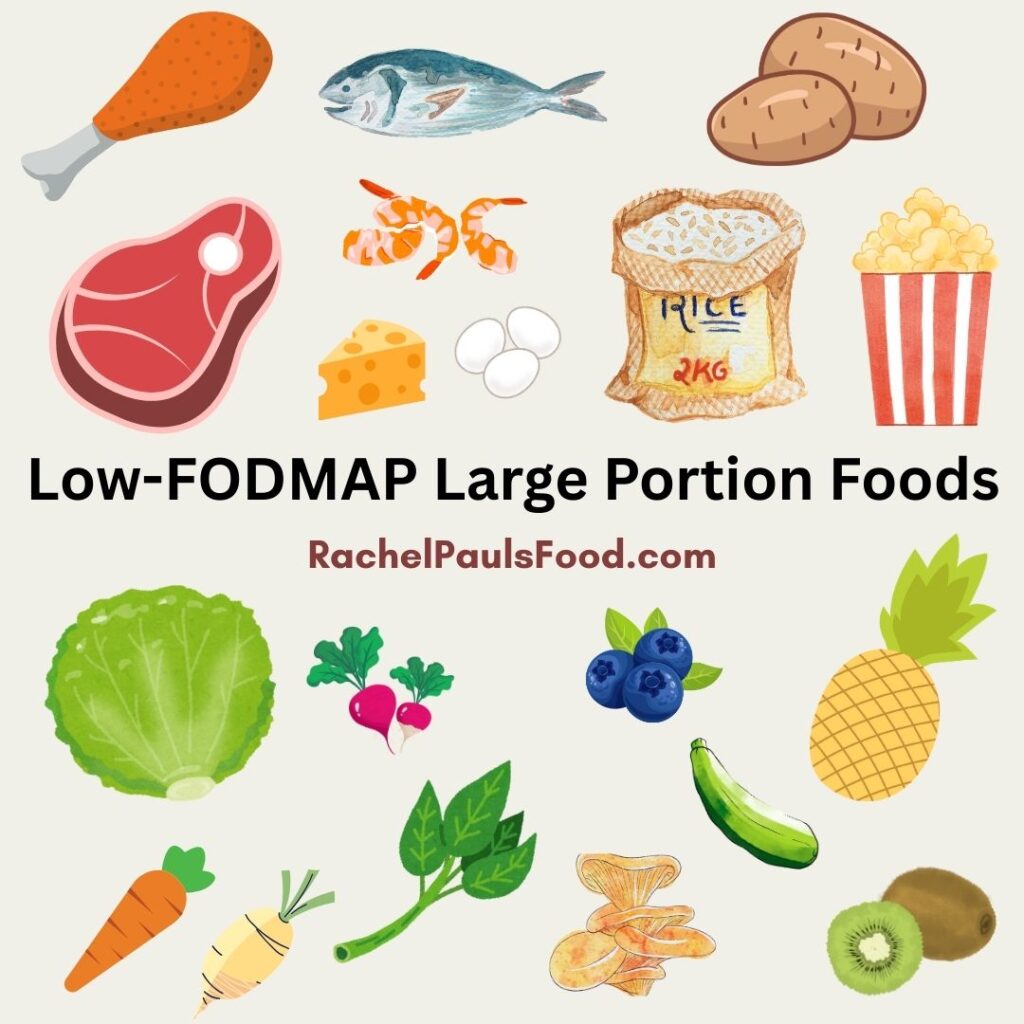
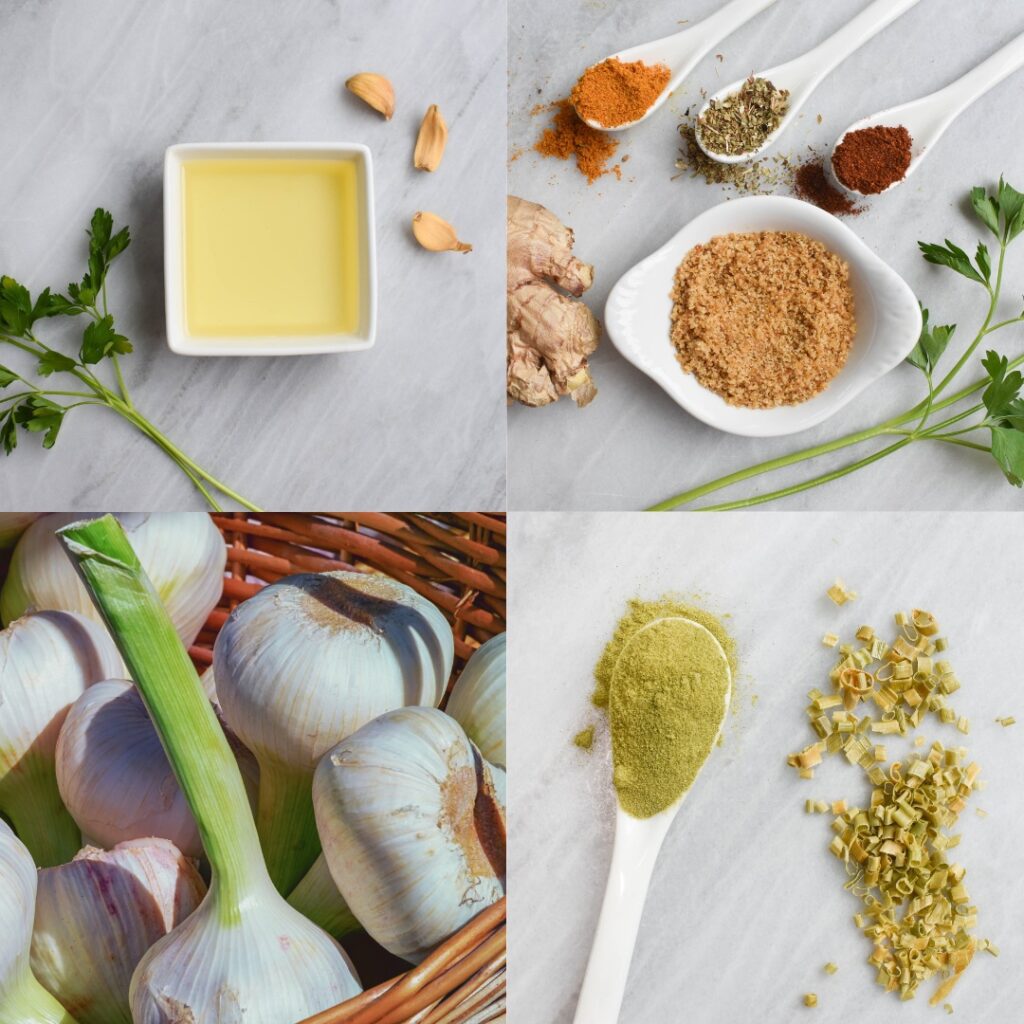
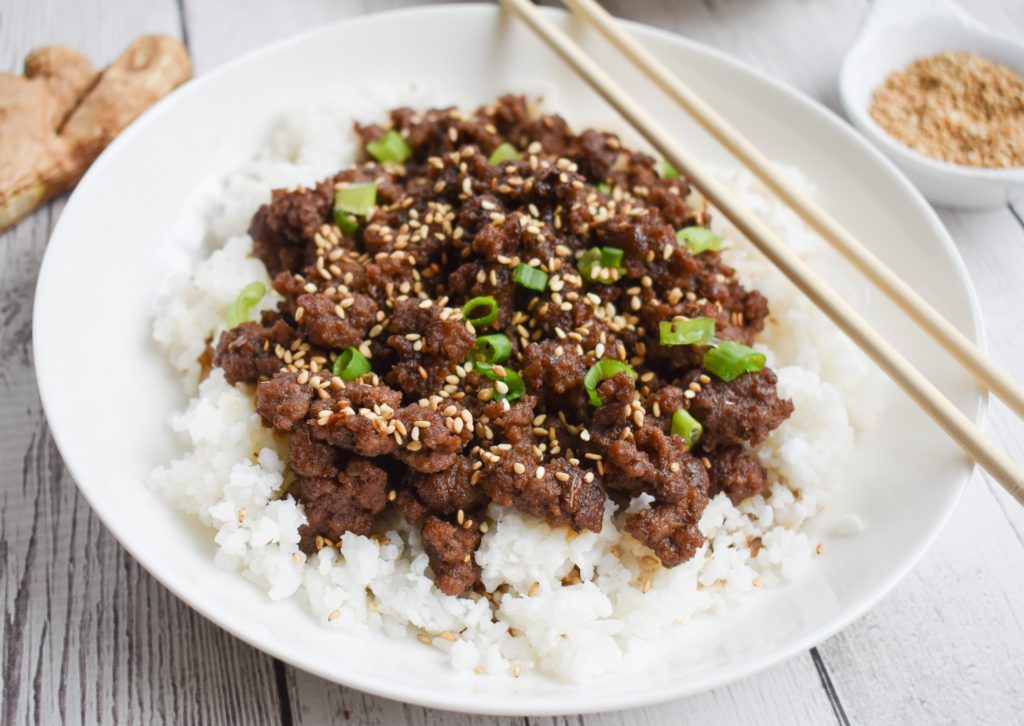

2 Responses
What if I don’t like the foods that you suggest using for the reintroduction challenges? How do I know what I can use instead?
Hi Jaye,
Thanks for your question.
Unfortunately, the foods selected for reintroduction are outlined by Monash with their suggested servings, so this is not something most people can modify, although there may be some Registered Dietitians that could help you. My book:
The FODMAP Reintroduction Plan and Cookbook: Conquer Your IBS While Reclaiming the Foods You Love may provide more information for you.
Warmly,
Rachel